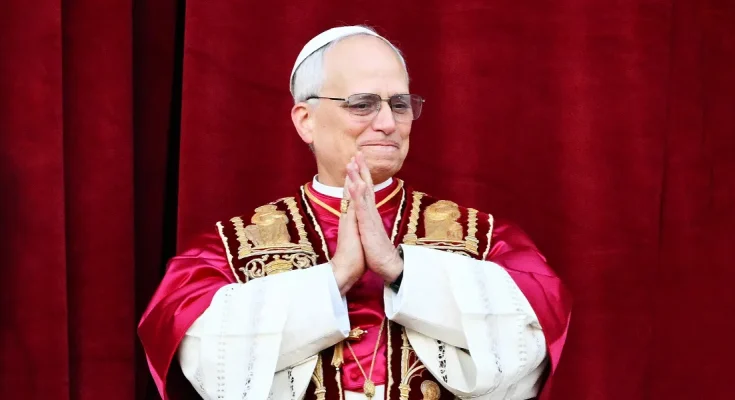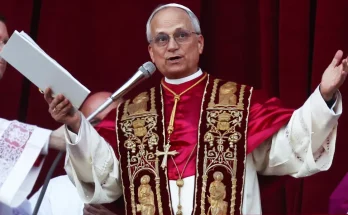He was always at the top of the class and never broke posture during morning Mass. Later, he taught math and filled in for physics at a local high school. Now, he leads 1.4 billion Catholics around the world.
The election of Pope Leo XIV marks a historic first for the Roman Catholic Church. Born Robert Francis Prevost in Chicago’s south suburbs, he is the first American to assume the papacy, and the first member of the Augustinian order to do so. His appointment comes weeks after the death of Pope Francis.
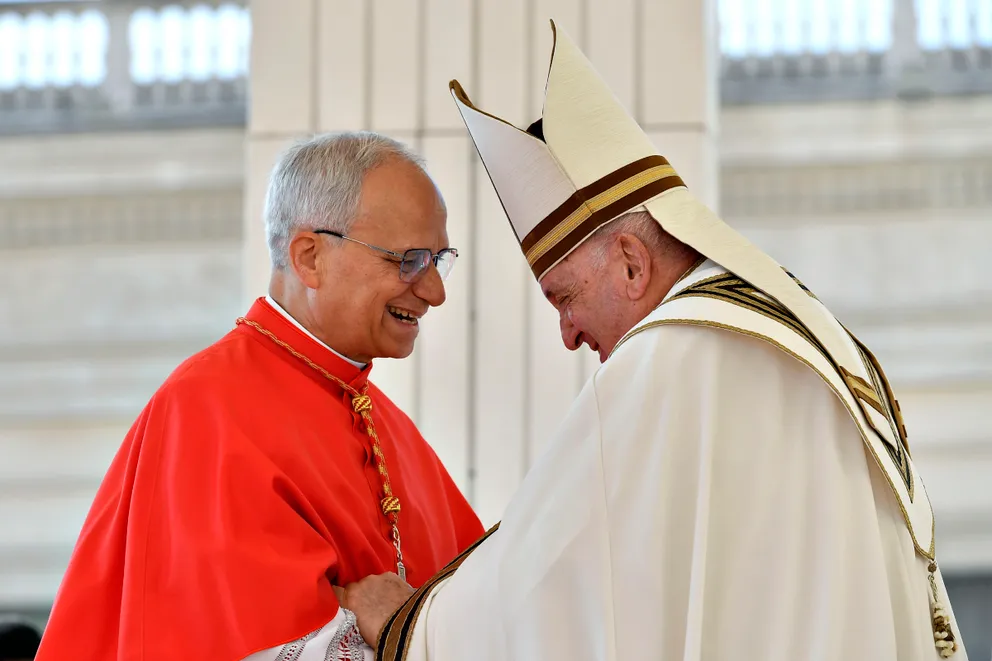
Robert’s path to the Vatican began when he decided to leave home after eighth grade to join a seminary. From there, his life was shaped by global service, academic rigor, and leadership across continents. He went from living in a brick house in Dolton to one of the most influential roles in the world.
Young Robert Prevost with Pope John Paul II in the 1980s! pic.twitter.com/SfJR4ZHvtm
— Being Catholic TV (@BeingCatholicTV) May 8, 2025
Robert was born on September 14, 1955, in Chicago, Illinois, the youngest of three sons. His parents, Louis Marius Prevost and Mildred Martínez, raised their family in a modest 1,200-square-foot brick house on East 141st Place in Dolton, just beyond the city’s southern edge.
Louis, a World War II Navy veteran, went on to become superintendent of local schools. Mildred, known to many in their parish as “Millie,” was a librarian, parish volunteer, and longtime member of the Altar and Rosary Society. Together, they built a deeply Catholic household that revolved around faith, service, and community.
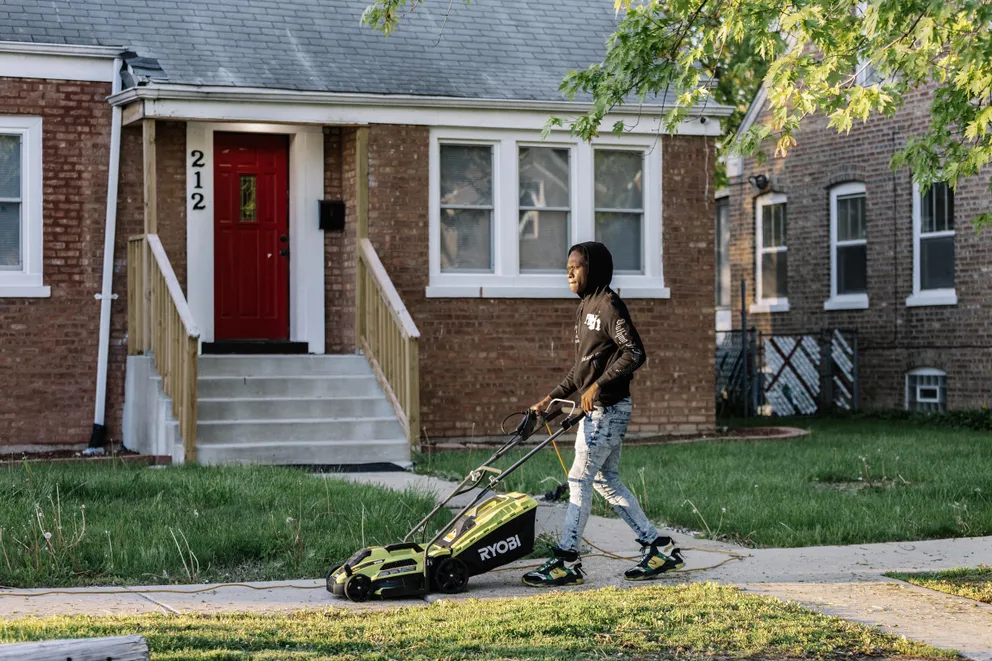
The family attended St. Mary of the Assumption Parish, a growing Catholic hub during the postwar suburban boom. Parishioners still recall the Prevosts’ presence at 9:15 a.m. Mass and young Robert’s early discipline. He served as an altar boy and was considered the top student in his class.
Though reserved, he was known to have a sense of humor and could be playful among peers. Former classmates described him as bright, devout, and respectful, with a quiet confidence and sense of purpose even then. “He was just godly,” one recalled. “Not in an in-your-face way… it was part of his aura.”

After completing eighth grade at St. Mary of the Assumption, Robert took an uncommon step for a boy his age. Instead of following his brothers to Mendel Catholic High School, he enrolled at St. Augustine Seminary High School in Michigan, operated by the Augustinian order.
From there, he moved on to Villanova University in Pennsylvania, where he earned a degree in mathematics in 1977 and studied philosophy. That same year, he entered the Augustinian novitiate in St. Louis. He professed his first vows in 1978 and his solemn vows in 1981, formally joining the order he had committed to as a teenager.
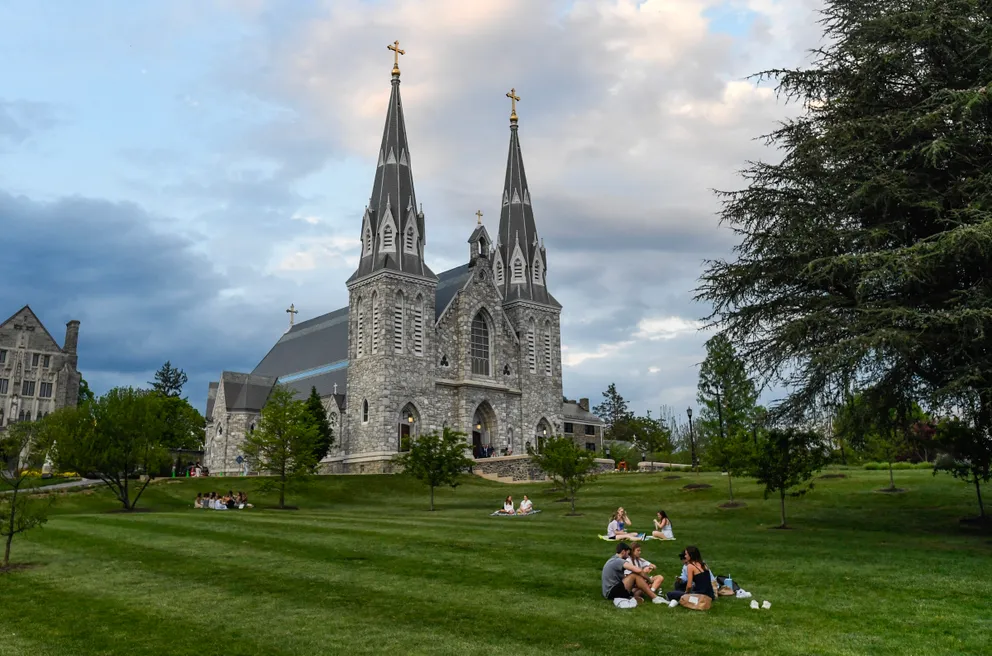
Robert then went on to pursue theological studies at Catholic Theological Union in Chicago, earning a Master of Divinity in 1982. Later that year, he was ordained a priest at age 27 in Rome at the Augustinian College of Saint Monica.
He remained in Rome for further study at the Pontifical University of Saint Thomas Aquinas, where he received a licentiate in canon law in 1984. In 1985, while still preparing his doctoral thesis, he was assigned to Peru, where he joined the Augustinian mission in Chulucanas.
YOUNG POPE LEO XIV
LOOK: Before he was Pope Leo XIV, he was simply Robert Prevost — a young Augustinian missionary who spent years serving quietly in Peru.
No one knew then that this man, born in Chicago and shaped by the margins of the Church, would one day wear the white… pic.twitter.com/AJMO803rRD
— Daily Guardian (@dailyguardianph) May 9, 2025
After returning briefly to Rome to defend his dissertation in 1987, he was appointed vocation director and missions director for his home province, based in Olympia Fields, Illinois. That same year, he rejoined the mission in Peru, this time in Trujillo.
Over the next 11 years, Robert held several roles in the Archdiocese of Trujillo and the Augustinian community. He served as prior of the religious community, director of formation for Augustinian candidates, and instructor for professed members.

He also taught canon law, patristics, and moral theology at the diocesan seminary and worked as judicial vicar. Alongside his academic and leadership responsibilities, he oversaw two parishes—Our Lady Mother of the Church, later renamed Saint Rita, and Our Lady of Monserrat—both located in low-income areas.
When Robert returned to Chicago in 1999, he was elected provincial prior of the Augustinian Province of Mother of Good Counsel. The role placed him in charge of the order’s Midwestern operations, including schools and monasteries across Illinois.
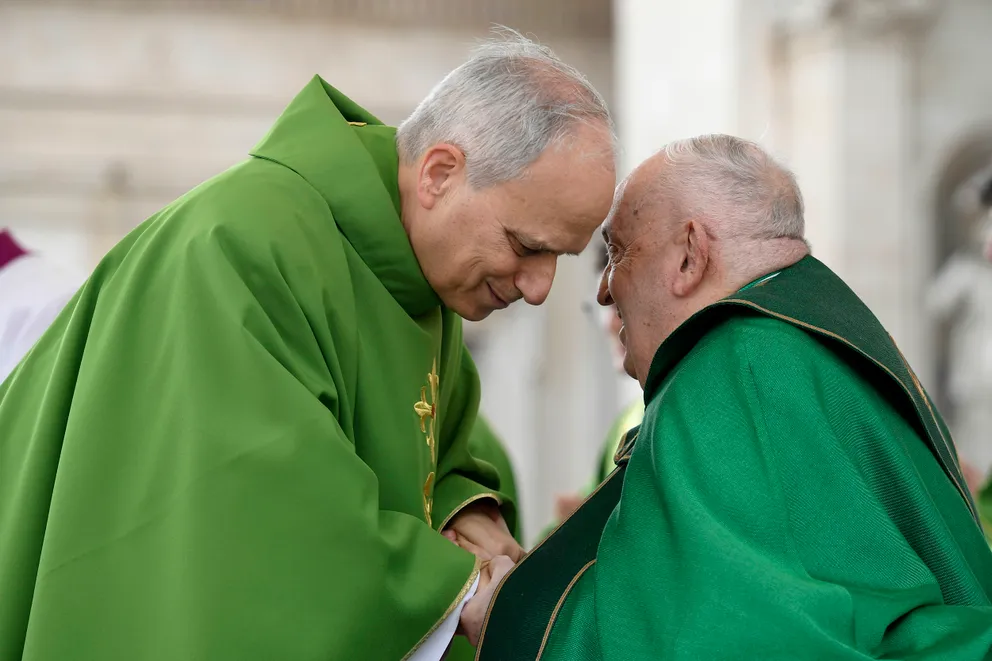
Less than three years later, the global Augustinian community elected him Prior General—its highest office. He was reelected to a second six-year term in 2007, serving in that position for a total of 12 years. In 2014, Pope Francis appointed him apostolic administrator of the Diocese of Chiclayo in northern Peru.
This role required him to be naturalized as a Peruvian citizen. A year later, he became the bishop of Chiclayo, where he served for eight years. During that time, he continued traveling to rural communities and maintained strong ties to the people he had first served as a missionary. His work in Peru caught the attention of the Vatican.
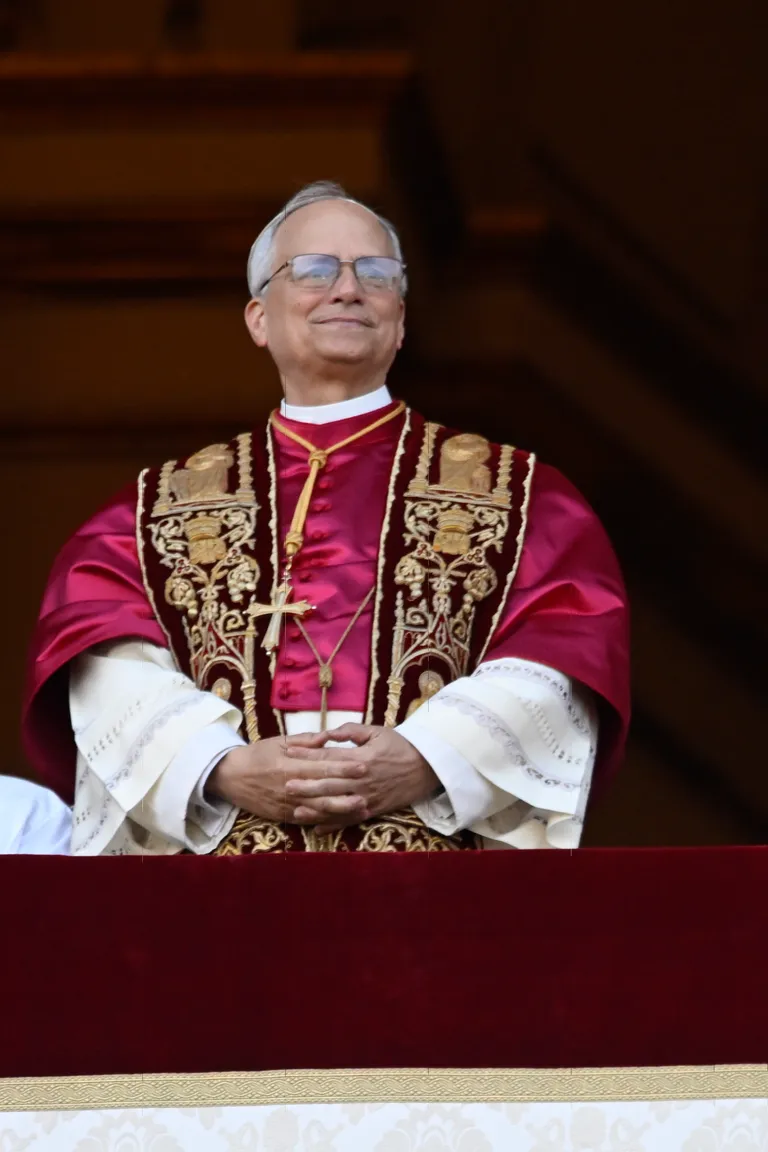
In 2020, he was named a member of the Congregation for Bishops, later restructured as the Dicastery for Bishops. He returned to Rome permanently in 2023 when Pope Francis appointed him as prefect of that office, making him responsible for overseeing the global appointment and formation of bishops.
He was also named President of the Pontifical Commission for Latin America, further cementing his influence in Vatican leadership. Robert was formally elevated to the College of Cardinals by Pope Francis during the consistory of September 30, 2023.
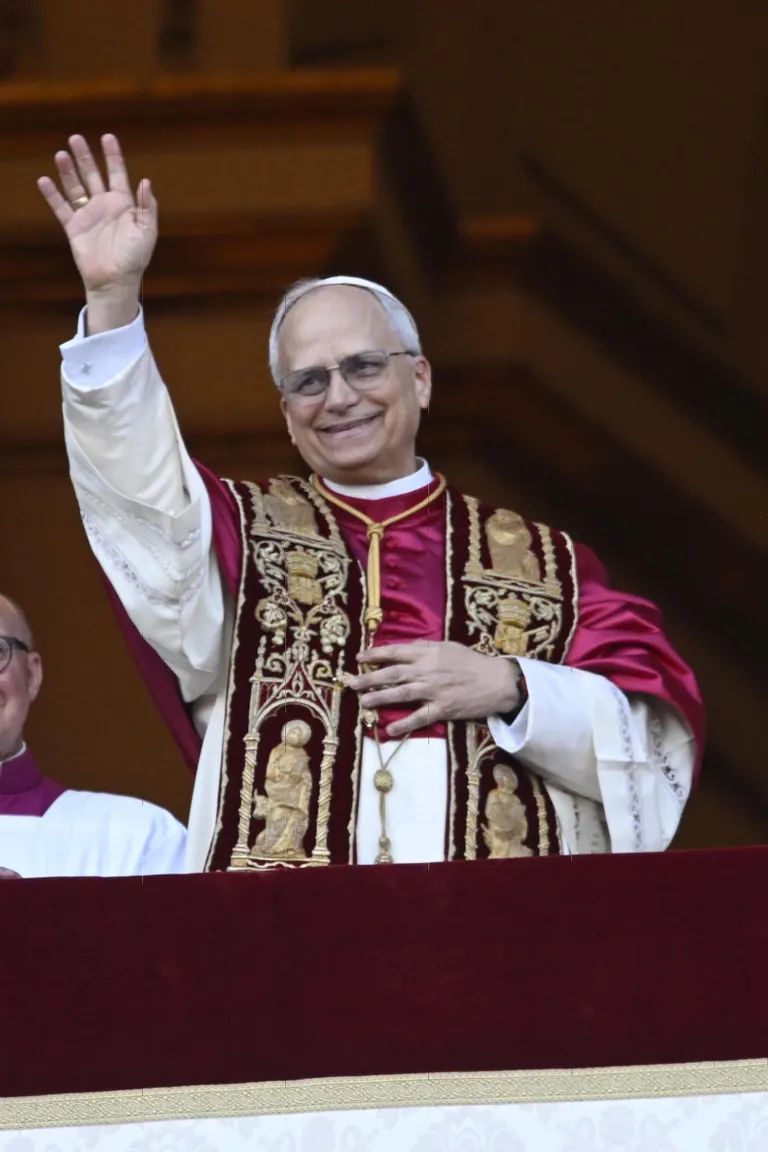
He was assigned the Diaconate of Saint Monica and officially took possession of the titular church in January 2024. His appointment came just months after he began his role as prefect of the Dicastery for Bishops and marked a significant acknowledgment of his growing role within the Roman Curia.
As cardinal, Robert participated in the Pope’s apostolic journeys and both sessions of the 16th Ordinary General Assembly of the Synod of Bishops on synodality, held in 2023 and 2024. His contributions to these events were consistent with his long-held emphasis on service, discernment, and outreach to those on the margins.

Two years earlier, he had spoken of the Church’s mission using language that closely aligned with the priorities of Pope Francis, calling for attention to “the poor, to the neediest, to those on the margins.” By the time Pope Francis died in 2025, Robert was considered a serious, if understated, contender for the papacy.
His name had circulated in discussions about potential successors, but an American pope was still widely viewed as unlikely. Despite that, his combination of global experience, fluency in multiple languages, and reputation for balance positioned him as a candidate capable of bridging internal divisions.
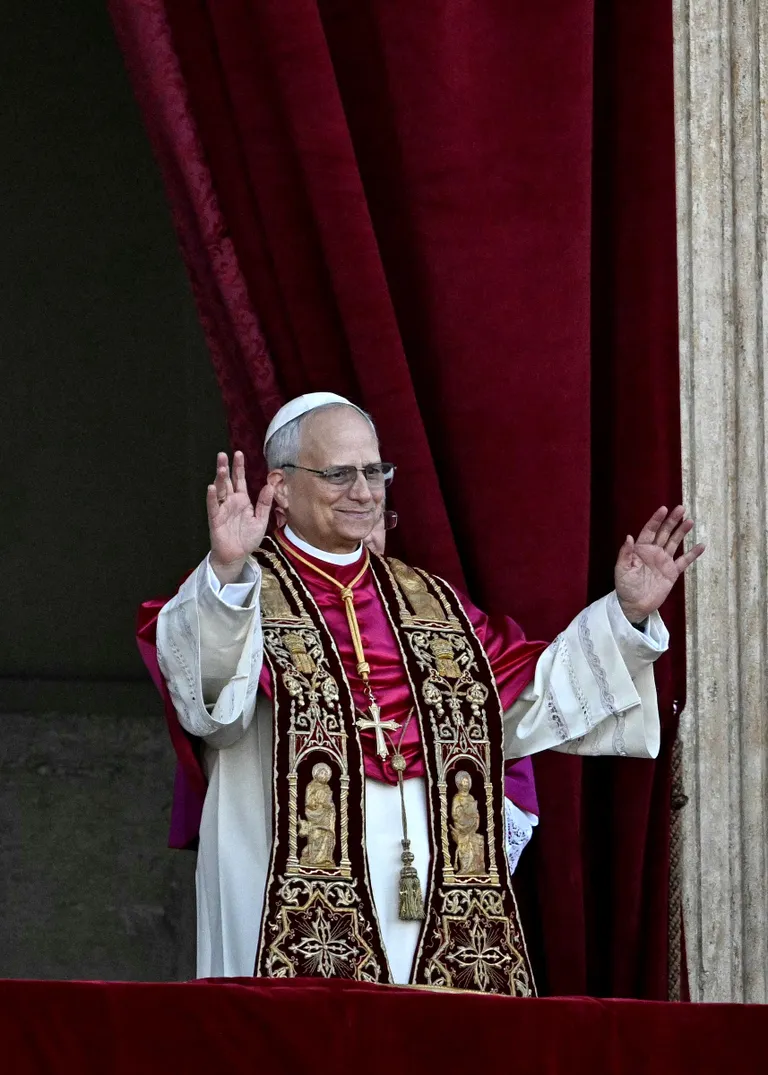
The papal conclave began in early May 2025, less than two weeks after the death of Pope Francis. A total of 133 cardinals—the largest group ever to participate in a conclave—gathered in the Sistine Chapel to elect the next Bishop of Rome.
The size and diversity of the College, much of it appointed by Francis himself, made consensus difficult. Ideological divides had formed around whether to continue the inclusive direction set by the late pope or to steer the Church toward more conservative ground.
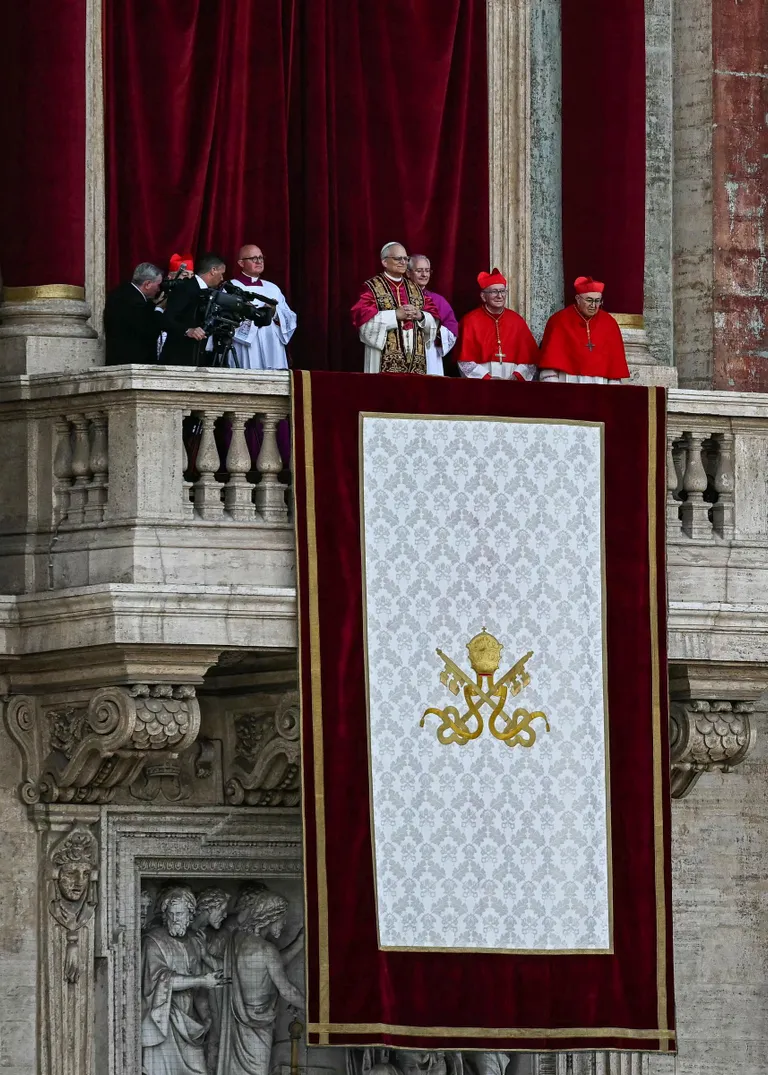
Despite the divisions, the process moved swiftly. After just over 24 hours and several rounds of voting, the cardinals reached a decision. On May 8, 2025, Robert was elected as the 267th pope of the Roman Catholic Church. He chose the name Leo XIV.
His selection defied longstanding assumptions that the papacy would never be entrusted to a figure from a global superpower with significant geopolitical influence. From the balcony overlooking St. Peter’s Square, the new pope offered his first words, “Peace be with all of you.”
News of Pope Leo XIV’s election quickly spread across continents, drawing responses from both Church leaders and laypeople. In Vatican City, the announcement was met with cheers in St. Peter’s Square. In the United States, it marked a historic first.
President Donald Trump called the moment “a great honor” for the country. In Chicago, parishioners at St. Mary of the Assumption reflected on the significance of one of their own becoming pope. Peru also celebrated.
Having spent nearly two decades serving in Trujillo and Chiclayo, Robert was remembered not just as a Church leader but as a pastoral figure deeply connected to local communities. His long-standing ties to Latin America were seen as a continuation of the Church’s growing emphasis on regions outside Europe.
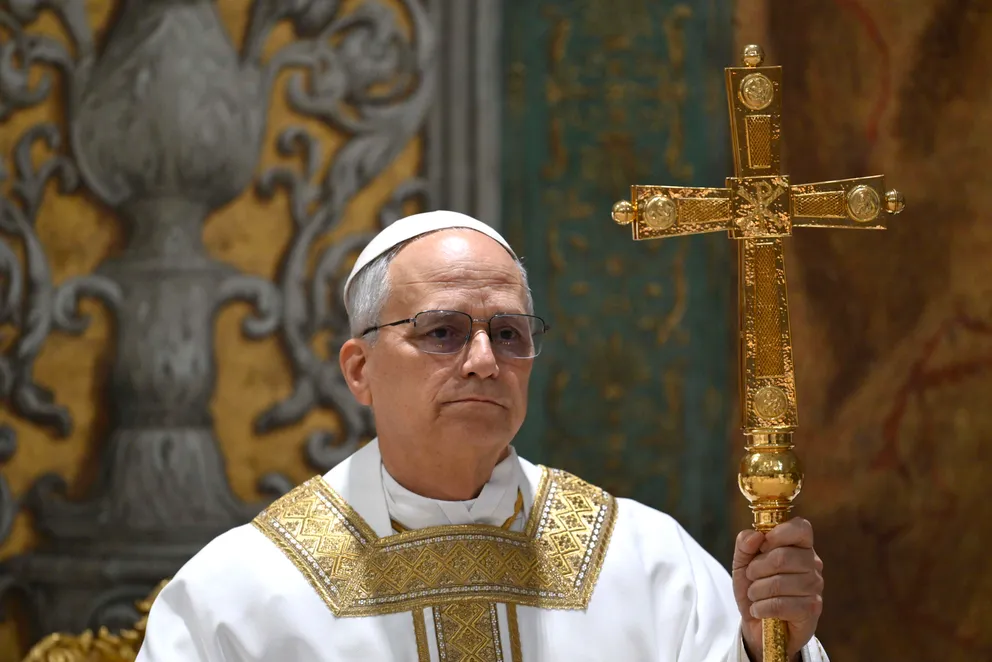
Villanova University, where Robert earned his undergraduate degree, released a statement recognizing the milestone for the Augustinian order. “With today’s election of His Holiness, Pope Leo XIV, I cannot help but reflect on what his Augustinian papacy will mean to our University community and our world,” said University President the Rev. Peter M. Donohue.
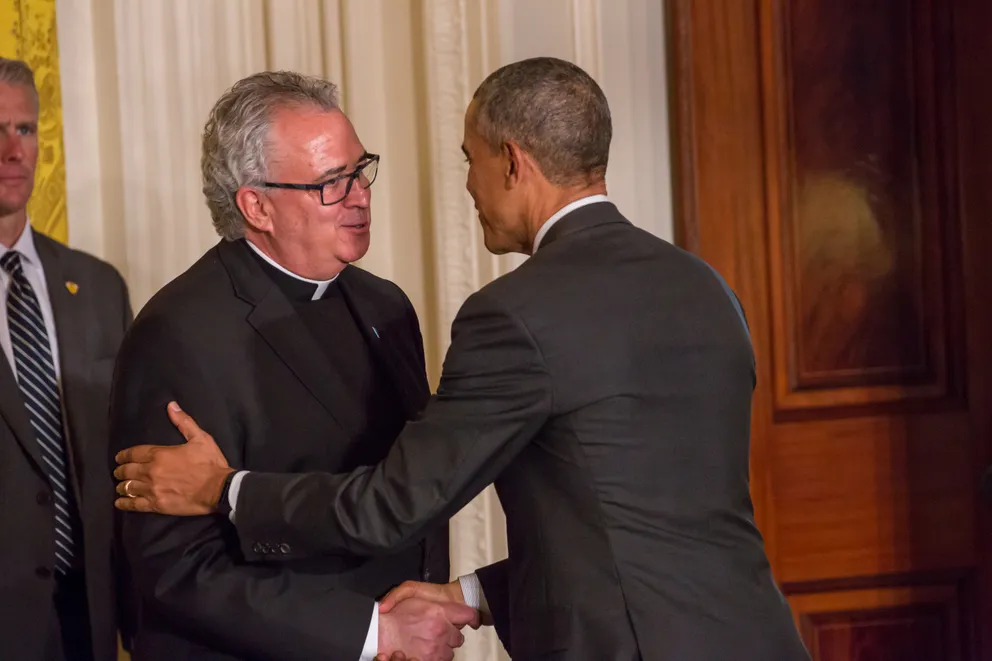
He described Robert as known for “his humility, gentle spirit, prudence, and warmth.” As Pope Leo XIV begins his pontificate, he inherits a Church navigating complex internal divisions and external pressures. With 1.4 billion Catholics around the world, the expectations are vast.
His background—as a theologian, missionary, educator, and administrator—positions him to engage with a wide range of issues, from episcopal appointments to questions of doctrine and global outreach. His leadership style is seen as deeply consultative.
Those who have worked with him describe him as careful and deliberate, someone who listens before acting. “He’s not quick to judge,” one former colleague stated. That approach may prove key as he addresses differing expectations within the global Church.
His election follows the mold of Pope Francis in many ways. He has long emphasized outreach to underserved communities and has spoken of the Church’s mission as centered on those most in need. While his priorities may evolve, his early signals suggest continuity in tone, with a renewed focus on unity and discernment.
